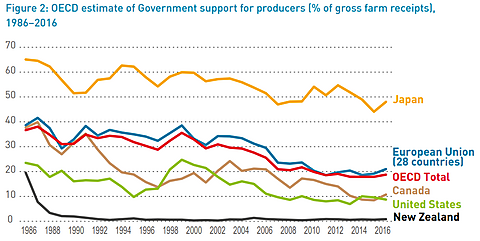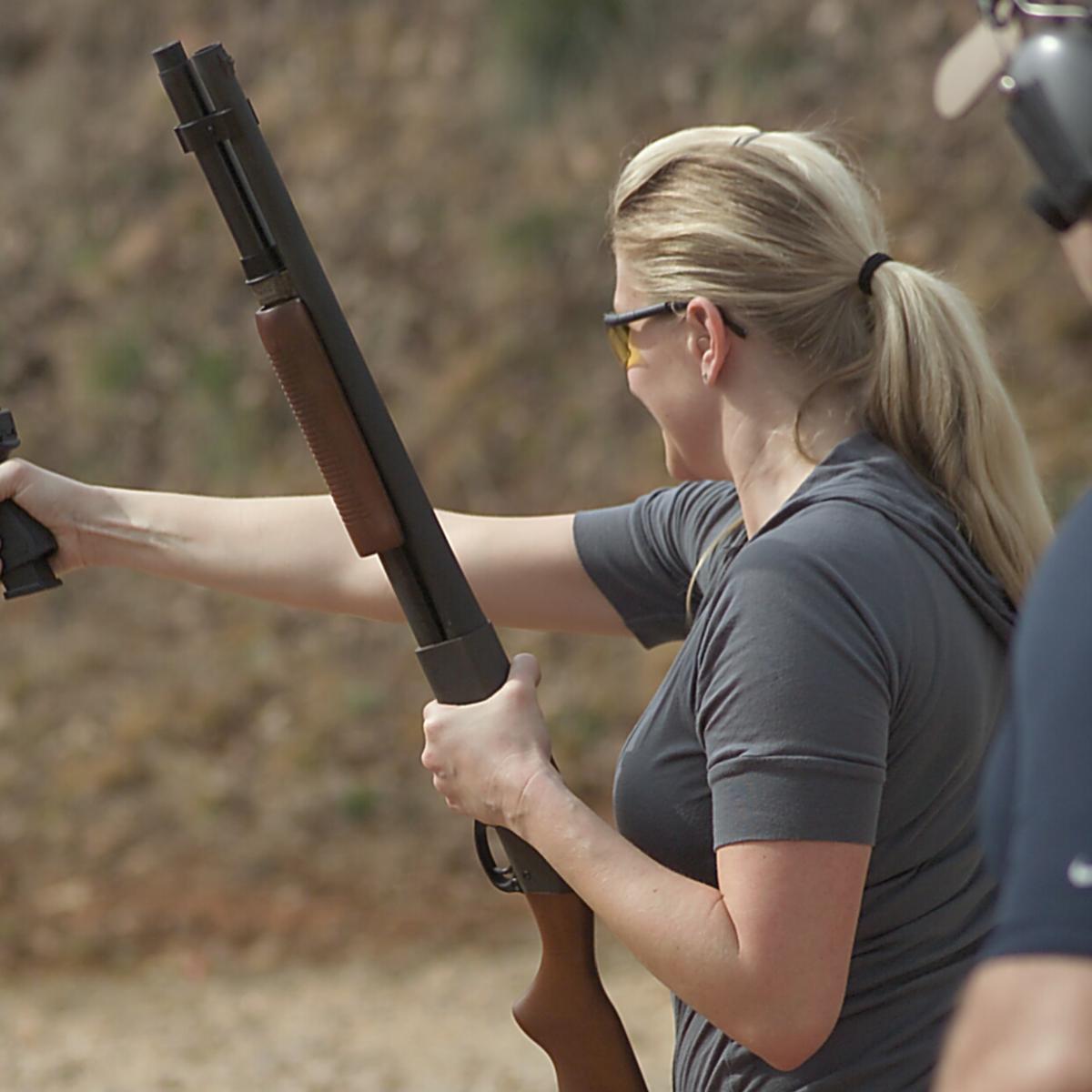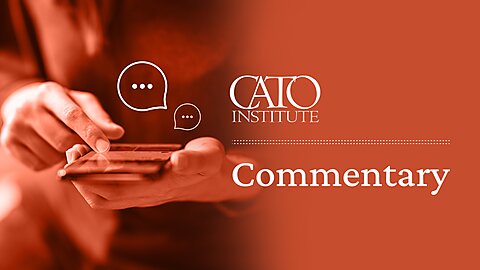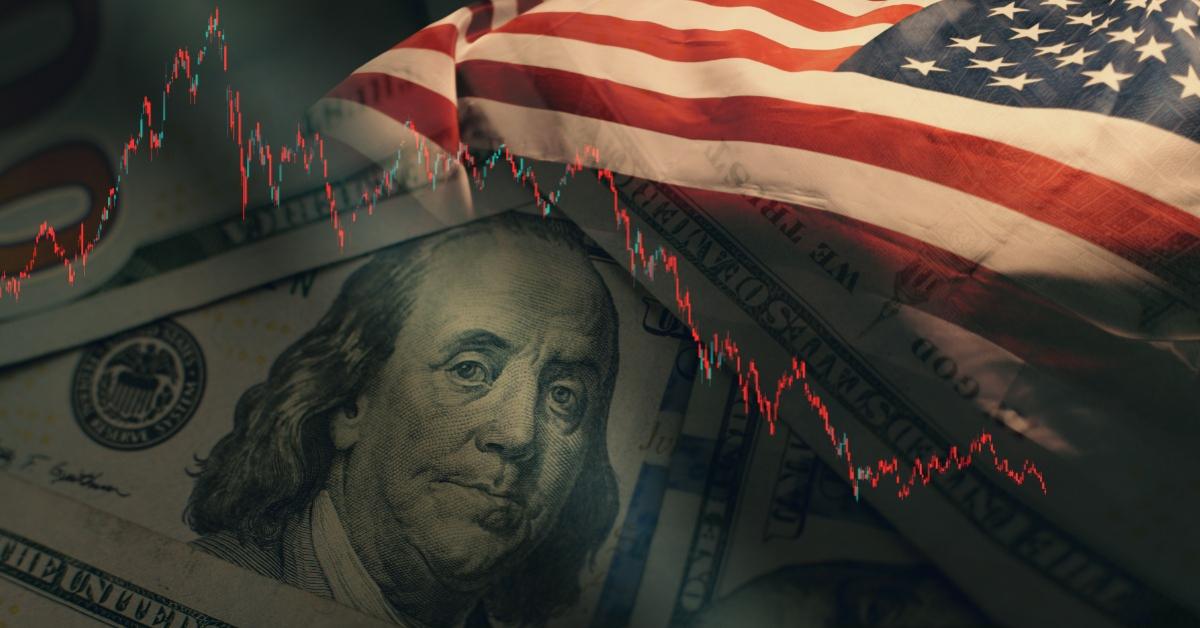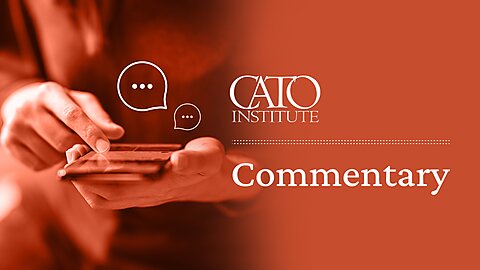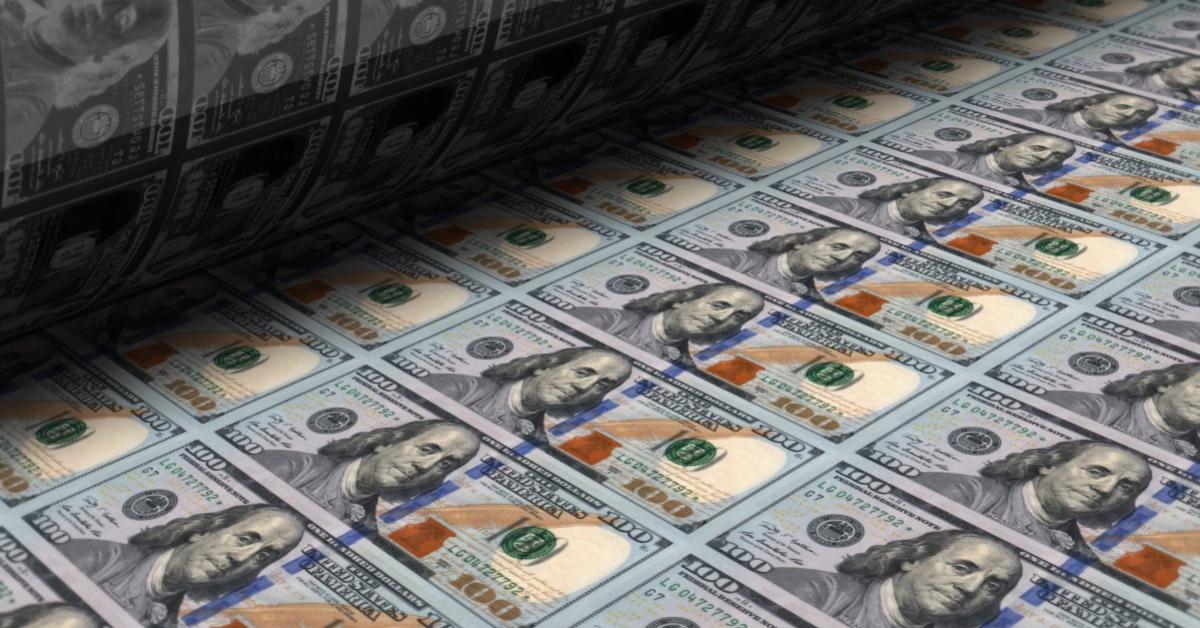Chris Edwards With Congress scheduled to reauthorize farm subsidies this fall, lawmakers should consider reform lessons from New Zealand. Facing high budget deficits in the 1980s, New Zealand cut government spending, including eliminating nearly all farm subsidies. That was an impressive reform because the country is
The recent actions of the Federal Reserve are reminiscent of central bank activities in wartime. Original Article: "Has World War III Already Begun?"
[A selection from For a New Liberty.]
If, as libertarians believe, every individual has the right to own his person and property, it then follows that he has the right to employ violence to defend himself against the violence of criminal aggressors. But for some odd reason, liberals have systematically tried to deprive innocent persons of the means for defending themselves against aggression. Despite the fact that the Second Amendment to the Constitution guarantees that “the right of the people to keep and bear arms shall not be infringed,” the government has systematically eroded much of this right. Thus, in New York State, as in most other states, the Sullivan Law prohibits the carrying of “concealed weapons” without a license issued by the authorities. Not only has the carrying of guns been grievously restricted by this unconstitutional edict, but the government has extended this prohibition to almost any object that could possibly serve as a weapon — even those that could only be used for self-defense. As a result, potential victims of crime have been barred from carrying knives, tear-gas pens, or even hat pins, and people who have used such weapons in defending themselves against assault have themselves been prosecuted by the authorities. In the cities, this invasive prohibition against concealed [p. 115] weapons has in effect stripped victims of any possible self-defense against crime. (It is true that there is no official prohibition against carrying an unconcealed weapon, but a man in New York City who, several years ago, tested the law by walking the streets carrying a rifle was promptly arrested for “disturbing the peace.”) Furthermore, victims are so hamstrung by provisions against “undue” force in self-defense that the criminal is automatically handed an enormous built-in advantage by the existing legal system.
It should be clear that no physical object is in itself aggressive; any object, whether it be a gun, a knife, or a stick, can be used for aggression, for defense, or for numerous other purposes unconnected with crime. It makes no more sense to outlaw or restrict the purchase and ownership of guns than it does to outlaw the possession of knives, clubs, hatpins, or stones. And how are all of these objects to be outlawed, and if outlawed, how is the prohibition to be enforced? Instead of pursuing innocent people carrying or possessing various objects, then, the law should be concerned with combatting and apprehending real criminals.
There is, moreover, another consideration which reinforces our conclusion. If guns are restricted or outlawed, there is no reason to expect that determined criminals are going to pay much attention to the law. The criminals, then, will always be able to purchase and carry guns; it will only be their innocent victims who will suffer from the solicitous liberalism that imposes laws against guns and other weapons. Just as drugs, gambling, and pornography should be made legal, so too should guns and any other objects that might serve as weapons of self-defense.
In a notable article attacking control of handguns (the type of gun liberals most want to restrict), St. Louis University law professor Don B. Kates, Jr., chides his fellow liberals for not applying the same logic to guns that they use for marijuana laws. Thus, he points out that there are over fifty million handgun owners in America today, and that, based on polls and past experience, from two-thirds to over eighty percent of Americans would fail to comply with a ban on handguns. The inevitable result, as in the case of sex and marijuana laws, would be harsh penalties and yet highly selective enforcement — breeding disrespect for the law and law enforcement agencies. And the law would be enforced selectively against those people whom the authorities didn’t like: “Enforcement becomes progressively more haphazard until at last the laws are used only against those who are unpopular with the police. We hardly need to be reminded of the odious search and seizure tactics police and government agents have often resorted to in order to trap [p. 116] violators of these laws.” Kates adds that “if these arguments seem familiar, it is probably because they parallel the standard liberal argument against pot laws.”
Kates then adds a highly perceptive insight into this curious liberal blind spot. For:
Gun prohibition is the brainchild of white middle-class liberals who are oblivious to the situation of poor and minority people living in areas where the police have given up on crime control. Such liberals weren’t upset about marijuana laws, either, in the fifties when the busts were confined to the ghettos. Secure in well-policed suburbs or high-security apartments guarded by Pinkertons (whom no one proposes to disarm), the oblivious liberal derides gun ownership as “an anachronism from the Old West.”
Travis Fisher This is Part Two of a multiple‐part response to the recent court order issued in the case Held v. Montana. Part One is available here. As an energy economist, I think the most unfortunate part of the Order in Held v. Montana is that it repeats well‐known
“La commedia è finita!” summarizes where the United States and Europe now stand in the Great Phony Postpandemic Disinflation. Why phony? Reported consumer price index (CPI) inflation has been falling in the US and Europe; but this has little to do with the advertised monetary
Chris Edwards I join Roger Pilon in expressing sadness at the passing of federal judge and U.S. senator James Buckley. I became acquainted with Jim when he was in his 90s, and I was so impressed that he was still actively considering policy issues and influencing public debate.
Following the collapse of the USSR, many socialists pinned their hopes upon the development of a "market socialism" that would be economically efficient and create equality. Marxist philosopher G.A. Cohen wisely dissented. Original Article: "What Marxists Say about "Market Socialism""
It won’t be long before governments around the world, including the one in Washington, self-destruct. Strong words, but anything less would be naïve. As economist Herbert Stein once said, “If something cannot go on forever, it has a tendency to stop.” Case in point: fiat money political regimes.
Social democrats are so desperate to cast off limits on government that they'll embrace anything that justifies their ambitions. So they invent theories of money that are very, very wrong. Original Article: "Progressives Have Corrupted Not Only Money, but Its History as Well"
Even under chattel slavery, inequality was still pervasive. Carpenters, sugar boilers, blacksmiths, cabinetmakers, and rum distillers constituted an elite core of slaves. Original Article: "Even in Slave Economies, the Division of Labor Was Inescapable"
- 1
- 2
- 3
- 4
- 5
- 6
- 7
- 8
- 9
- 10
- 11
- 12
- 13
- 14
- 15
- 16
- 17
- 18
- 19
- 20
- 21
- 22
- 23
- 24
- 25
- 26
- 27
- 28
- 29
- 30
- 31
- 32
- 33
- 34
- 35
- 36
- 37
- 38
- 39
- 40
- 41
- 42
- 43
- 44
- 45
- 46
- 47
- 48
- 49
- 50
- 51
- 52
- 53
- 54
- 55
- 56
- 57
- 58
- 59
- 60
- 61
- 62
- 63
- 64
- 65
- 66
- 67
- 68
- 69
- 70
- 71
- 72
- 73
- 74
- 75
- 76
- 77
- 78
- 79
- 80
- 81
- 82
- 83
- 84
- 85
- 86
- 87
- 88
- 89
- 90
- 91
- 92
- 93
- 94
- 95
- 96
- 97
- 98
- 99
- 100
- 101
- 102
- 103
- 104
- 105
- 106
- 107
- 108
- 109
- 110
- 111
- 112
- 113
- 114
- 115
- 116
- 117
- 118
- 119
- 120
- 121
- 122
- 123
- 124
- 125
- 126
- 127
- 128
- 129
- 130
- 131
- 132
- 133
- 134
- 135
- 136
- 137
- 138
- 139
- 140
- 141
- 142
- 143
- 144
- 145
- 146
- 147
- 148
- 149
- 150
- 151
- 152
- 153
- 154
- 155
- 156
- 157
- 158
- 159
- 160
- 161
- 162
- 163
- 164
- 165
- 166
- 167
- 168
- 169
- 170
- 171
- 172
- 173
- 174
- 175
- 176
- 177
- 178
- 179
- 180
- 181
- 182
- 183
- 184
- 185
- 186
- 187
- 188
- 189
- 190
- 191
- 192
- 193
- 194
- 195
- 196
- 197
- 198
- 199
- 200
- 201
- 202
- 203
- 204
- 205
- 206
- 207
- 208
- 209
- 210
- 211
- 212
- 213
- 214
- 215
- 216
- 217
- 218
- 219
- 220
- 221
- 222
- 223
- 224
- 225
- 226
- 227
- 228
- 229
- 230
- 231
- 232
- 233
- 234
- 235
- 236
- 237
- 238
- 239
- 240
- 241
- 242
- 243
- 244
- 245
- 246
- 247
- 248
- 249
- 250
- 251
- 252
- 253
- 254
- 255
- 256
- 257
- 258
- 259
- 260
- 261
- 262
- 263
- 264
- 265
- 266
- 267
- 268
- 269
- 270
- 271
- 272
- 273
- 274
- 275
- 276
- 277
- 278
- 279
- 280
- 281
- 282
- 283
- 284
- 285
- 286
- 287
- 288
- 289
- 290
- 291
- 292
- 293
- 294
- 295
- 296
- 297
- 298
- 299
- 300
- 301
- 302
- 303
- 304
- 305
- 306
- 307
- 308
- 309
- 310
- 311
- 312
- 313
- 314
- 315
- 316
- 317
- 318
- 319
- 320
- 321
- 322
- 323
- 324
- 325
- 326
- 327
- 328
- 329
- 330
- 331
- 332
- 333
- 334
- 335
- 336
- 337
- 338
- 339
- 340
- 341
- 342
- 343
- 344
- 345
- 346
- 347
- 348
- 349
- 350
- 351
- 352
- 353
- 354
- 355
- 356
- 357
- 358
- 359
- 360
- 361
- 362
- 363
- 364
- 365
- 366
- 367
- 368
- 369
- 370
- 371
- 372
- 373
- 374
- 375
- 376
- 377
- 378
- 379
- 380
- 381
- 382
- 383
- 384
- 385
- 386
- 387
- 388
- 389
- 390
- 391
- 392
- 393
- 394
- 395
- 396
- 397
- 398
- 399
- 400
- 401
- 402
- 403
- 404
- 405
- 406
- 407
- 408
- 409
- 410
- 411
- 412
- 413
- 414
- 415
- 416
- 417
- 418
- 419
- 420
- 421
- 422
- 423
- 424
- 425
- 426
- 427
- 428
- 429
- 430
- 431
- 432
- 433
- 434
- 435
- 436
- 437
- 438
- 439
- 440
- 441
- 442
- 443
- 444
- 445
- 446
- 447
- 448
- 449
- 450
- 451
- 452
- 453
- 454
- 455
- 456
- 457
- 458
- 459
- 460

